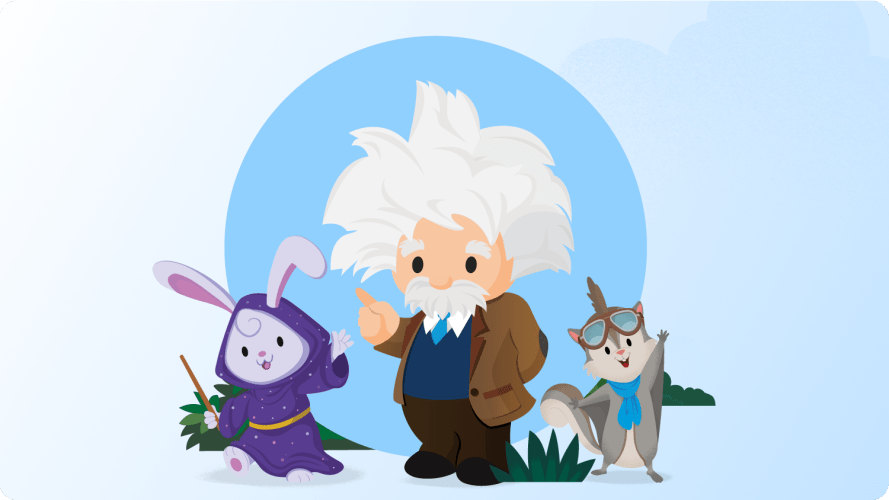Is the Labor Shortage on Your Mind? Believe It or Not, Automation Can Help

When you can't find the talent you need, how do you stay competitive? Automation can help — not by replacing people, but by upping your existing team's productivity.

Ari Bendersky
When you can’t find the talent you need due to the labor shortage, how do you stay competitive? For many businesses, the answer is increasingly clear: automate, automate, and automate some more.
In a recent survey by enterprise automation software company UiPath, two-thirds of executives said their companies were affected by labor shortages, and nearly 80% said they will invest in automation to help offset the lack of workers.
Jeff Burnstein, president of the Association for Advancing Automation (A3), said the trend isn’t about replacing workers, but rather remaining competitive, which is key to hiring more people.
“When companies can’t find people, what are they going to do to maintain productivity and product quality?” Burnstein said. “Automation is playing a key role in that.”
In fact, some of the companies better positioned to weather the labor shortage have already automated workflows to become more efficient. Take Vonage, a global leader in cloud communications, which used Salesforce Flow’s low-code tools to build custom workflows in sales operations. With simplified quote creation and management, provisioning time has gone from four days to just minutes.
Bring automagic to all your customer moments
Help your business build faster and more repeatable processes, making the employee and customer experience just flow.n



Automating helps increase productivity
It’s not just the behind-the-scenes work that companies are automating. Meal delivery service Sunbasket began using Einstein chatbots to complement its live customer service team and quickly resolve common issues in 2018. That helped the company handle a sudden surge in case volume when the pandemic hit — without sacrificing customer satisfaction.
“Our customers have rated automation-resolved cases at the same level as agent-resolved cases: in the low 90% range,” wrote Samantha Philip, a developer at Sunbasket. “We see this as a huge win — that automation can match an agent.”
Even human resources (HR) is getting into automation. Global staffing firm Robert Half built an advanced artificial intelligence (AI) platform using Salesforce’s Einstein to match job candidates to client opportunities. The platform is part of a larger digital transformation that has helped its employees work more efficiently and effectively.
“We doggedly pursued it,” wrote James Johnson, senior vice president and chief technology officer at Robert Half. “You need to make room for innovation and pursue projects that further expand your company’s mission.”
How companies use automation to fill gaps in the labor shortage
In the summer of 2019, Sam’s Club introduced Sam’s Garage, an app that streamlined the tire-buying process and allowed Sam’s Club workers to use technology for better customer service. In 2021, Sam’s Club accelerated its automation and added a number of AI-based robots in its warehouses and retail stores that help with worker productivity and efficiency.
The surge of retail delivery hastened by the pandemic has seen automation swell in fulfillment and distribution centers at companies like Amazon, Walmart, and DHL. Robots transport heavy pallets or quickly locate products for workers to pack for shipping. Computers and monitors, where people manage the logistics, are placed throughout warehouses. While some people continue to do the manual labor, others have been trained on the computer systems.
“There are new jobs created, from building and servicing the automations to integrating the automation into the rest of the workflow,” said Robert Brunner, associate dean for innovation and chief disruption officer at the Gies College of Business at the University of Illinois.
People and robots work alongside each other
These are examples of “collaborative robots” that work alongside people, creating new and better-paying opportunities for workers while companies remain productive and can focus on customer service.
“Automation when it’s done with a focus on the customer and increase in productivity – not the so-so technology just for cost saving – can be a great complement to creating good jobs,” said Zeynep Ton, founder of the Good Jobs Institute and a professor at MIT Sloan School of Management, during the Wharton Future of Work Conference.
Yet some businesses, like the hard-hit restaurant industry, used automation to replace missing workers altogether during the labor shortage. Many quick-service businesses added kiosks for ordering or takeout-exclusive locations. Buffalo Wild Wings and White Castle are testing robots to operate cook stations. GrubHub and DoorDash started using delivery robots on college campuses.
As automation helps fill the labor shortage, it also leads to job openings
The 2020 World Economic Forum Future of Jobs report said redundant roles will decline, yet emerging professions will grow, due to automation.
While it may seem counterintuitive that employment would rise as companies add more automation, having robots and AI working alongside people actually can increase productivity. As more robots come online, people tend to train and get certified into better roles as companies build more offices, warehouses, and branches that require more people.
Yes, robots may replace some jobs. But in the end, automation paves the way for innovation, creating opportunities for more people to find better work, and allows businesses to remain competitive and productive.
“When we say automation, it’s not about replacing people. It’s about augmenting our ability to connect with our customers and do our jobs more effectively,” said Virgil Wong, chief digital officer for HGS, a global leader in business process management, on the IT Visionaries podcast. “These repeatable tasks like data entry, bots should really be doing that. Hopefully that will let the human beings focus on what human beings are good at.”
Get a 360° view of success
Vantage Point magazine brings together thoughtfully curated voices from the world’s most influential companies. Each issue unpacks intimate insights shaping the workplace.


























